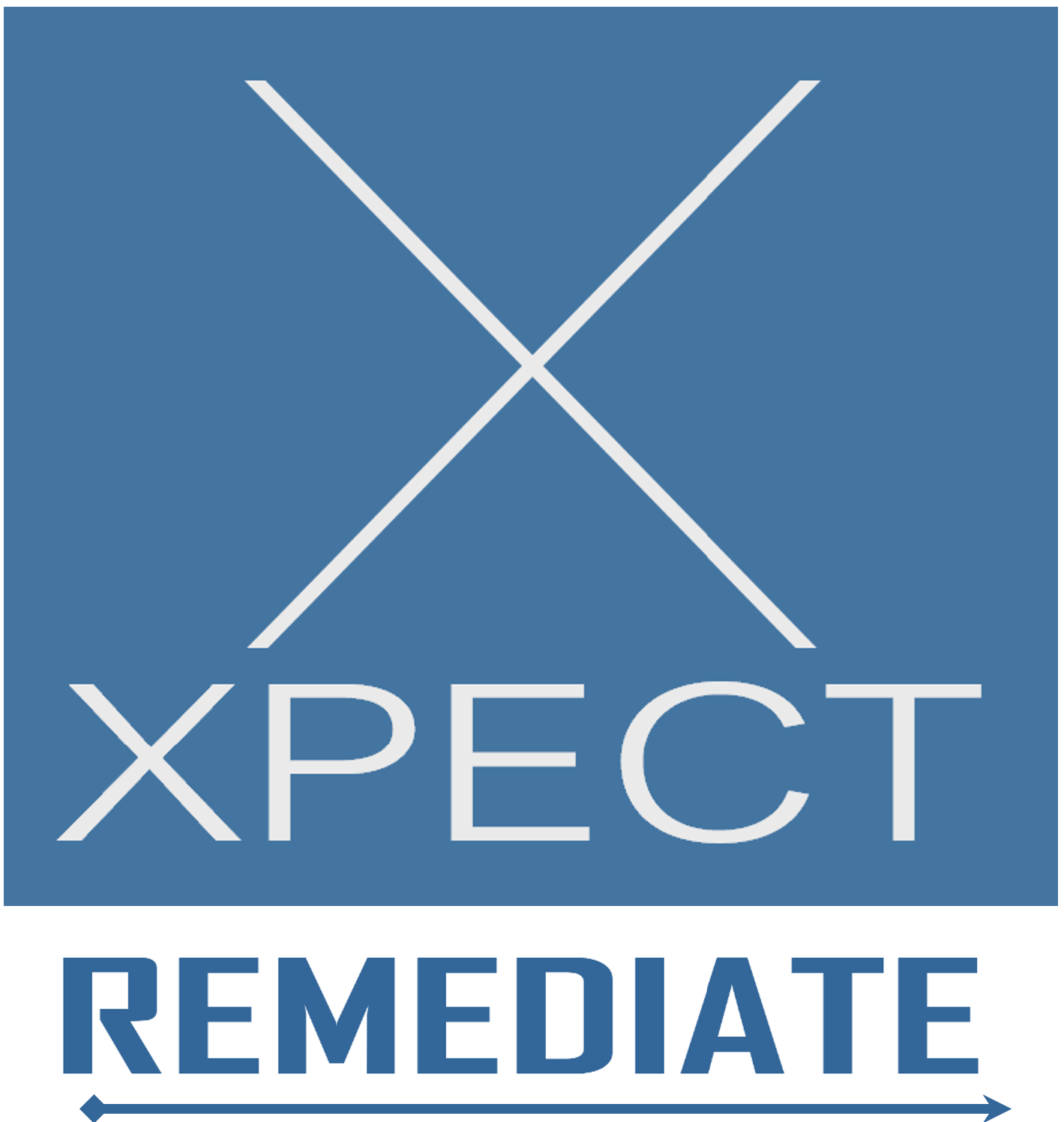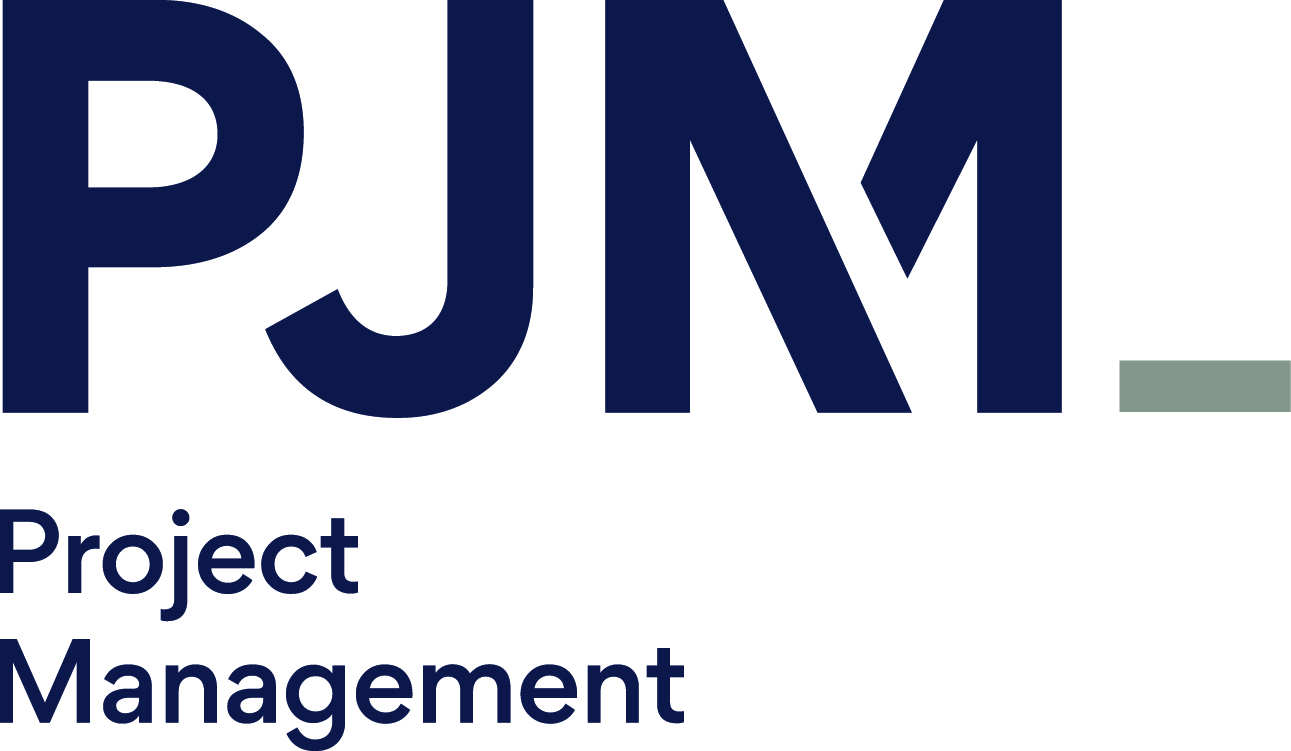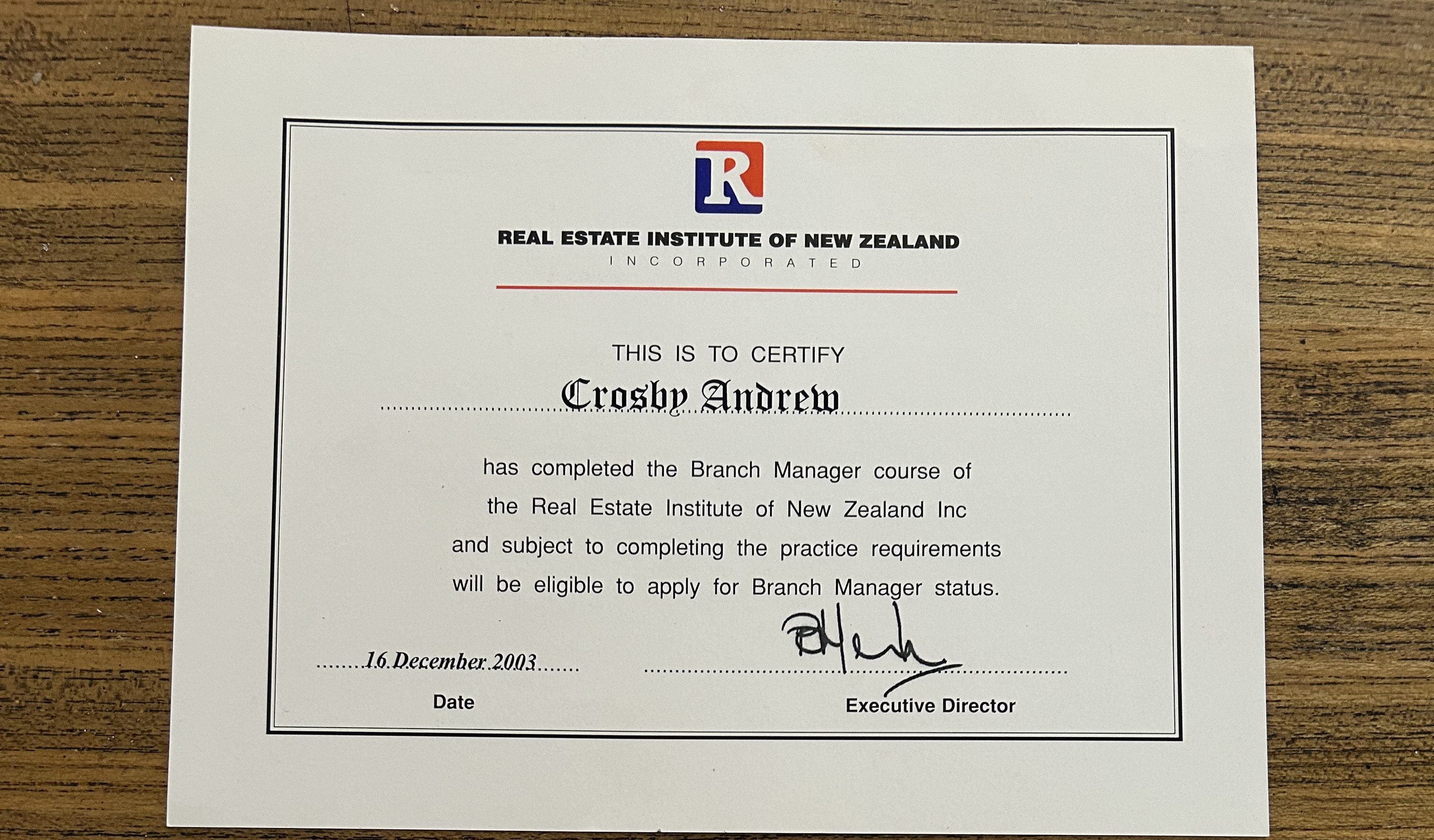A number of landowners looking at developing small to medium sized residential projects for the future have been contacting me for development financial feasibilities. Bread and butter for me. When 50% of your time over the last 2 years has been to interrogate and crunch the numbers to bid on development sites – it becomes almost second nature.
Of course, what you don’t see is that it’s a little more involved than just throwing some numbers around. The numbers are the result of investigating, coordinating and juggling infrastructure, geography and topology (and about ten other’ologys), planning, product type/demand, constructability of homes & civil works, architecture, urban design, the foibles of council, sales (pricing & velocity) and programme timing that represents reality. Then you can assess the costs with a developer mindset (which can differ from a QS) and of course throw in some financing.
Finally, you are well advised to wrap everything up in risk identification and management blanket.
Xpect and our business partner at PJM Project Management Ltd have been working on standardising our approach today and we have now packaged up a comprehensive fixed fee service – well really it’s a series of products (that you progress through step by step) that given our joint experience is going to be the best money you will ever spend to assess your site’s development potential and start delivering.
http://aenspire.com/xpect/XpectDeveloperAssist.pdf







